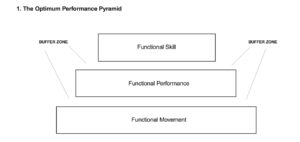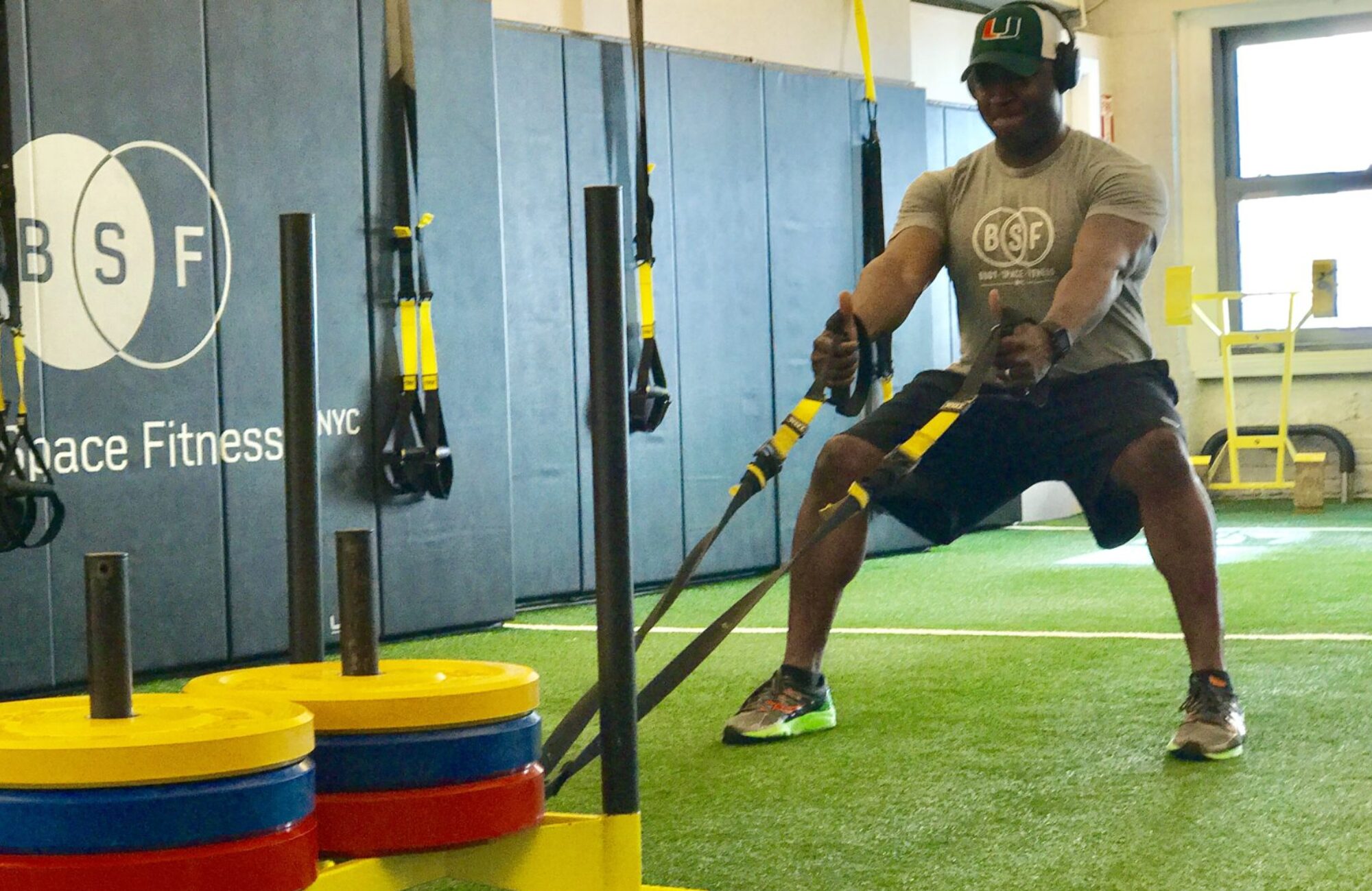Don’t Forget Functional Movement.
Lately, I've heard a lot about mobility, not being a critical piece of the puzzle or not as important as people think. Therefore less time should be put towards it. I'm here to say, I think that's bullshit, and here's why. Most coaches, if you haven't done so already, need to have the functional movement screen as one of the primary tools in their tool box when it comes to assessing initially, and assessing ongoing, how clients are doing and what they're doing to achieve their performance goals. With that in mind, I say, have a look at the foundational component of the functional movement screen, which is the optimum performance pyramid.
Now this pyramid consists of three blocks. The top block is functional skill. The second block is functional performance. And the third block is functional movement. So what we're saying here is would that primary block, the biggest block at the bottom, having movement capacity, having mobility, having good stability and motor control, should be the foundation for all athletes.
Speaker 1:
The second block, functional performance is, yeah, can you then jump? Can you run fast? Can you throw a baseball hard? Can you throw a football far? That's the second component, and yes, to be a good athlete, you need to have the ability to do those things.
And the top part, that functional skill that's also looking at do I know my sport well? Do I know how to throw a curve ball? Can I shoot a three pointer? Can I have the mental focus to shoot a free throw?
So ideally you would have all three of these components in the appropriate amounts, but I want to think about the case in which the functional movement block is deficient. And that's what we call the overpowered performance pyramid. And in this pyramid, essentially, it doesn't mean that someone is too strong, the term overpowered. The way we look at this is we say, this person has the skill and the engine to go really hard in their sport or whatever they do. However, the underlying foundation or the chassis and the race car is not as tuned up or structurally sound as it should be.

This pyramid represents the individual doing the functional movement screen, scores poorly on mobility and stability test, but can still perform at a fairly high level. This is the analogy that I like to give my clients of the race car that you're still pushing at 300 miles an hour, even though the alignment is off or the transmission needs work. Eventually you keep pushing that race car really hard and it's going to fail.
Now with that in mind, you might ask, what does this mean for my workouts? Because in the most ideal world, I wouldn't spend my entire workout just working on mobility and stability work. And to that, I say, Rome was not built overnight. You have to put in work to get to the point of mobility and stability being where it needs to be so that you can have a sound platform for everything else you want to do. This might mean being consistent with your pre-workout strategies, foam rolling, dynamic stretches, activation drills, things of that nature. Foam rolling stretching and mobility as a daily practice upon waking is something else. Have your coffee, meditate, foam roll, that sort of things. Also think about, do I do things like yoga or do I see someone to help me to manually stretch me once or twice a month?
So yes, you don't want your entire workout to be taken up by mobility work, but you really do want to make sure both in the session and before the session, that your body is prepared to be as efficient as it can be in doing the work. Dead lifts, I want my glutes to be turned on, I want my hips to be mobile, I want my core to be fired up before I step up to that bar. It's super important that you don't underestimate the time that needs to be spent and the time that is required in order to make sure that your race car is ready to go.
